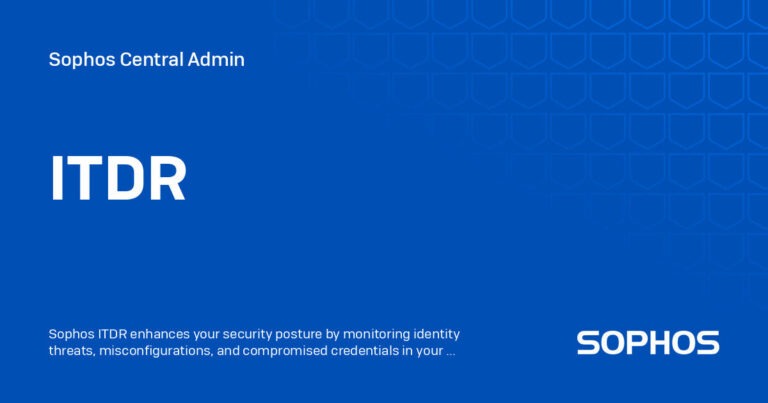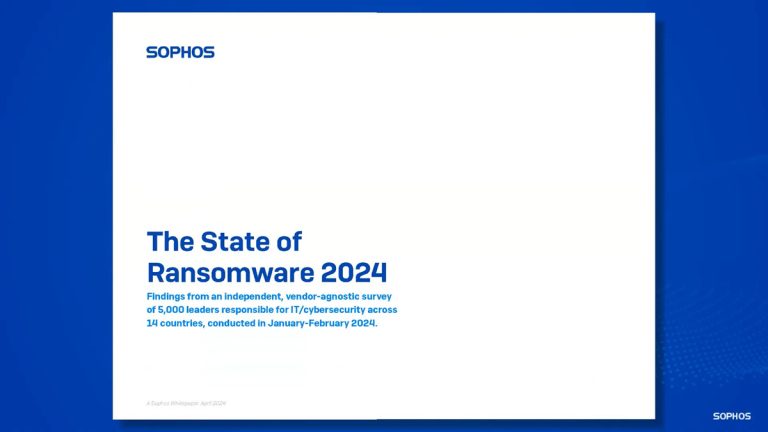5 Anti-Fraud Strategies for Every Financial Institution

The rise of digital banking and e-commerce, fueled by the COVID-19 pandemic, creates an ideal environment for fraudsters and money launderers to perpetrate crimes anonymously. Clive Gungudoo, MoData’s Director of Financial Crimes and Risk Management, presents five key measures that organizations must use to protect their digital customer experience.
Clive Gungudoo’s interest is educating and enlightening people about financial fraud and the threats it poses to organizations and individuals.
With over 25 years of expertise in the sector, Clive is not only knowledgeable with the different complex ways used to perpetrate fraud, but he also has extensive understanding on exactly what solutions organizations must employ to minimize the danger to customers – and their own reputation.
“Organisations require a multi-layered approach to adequately safeguard themselves and their consumers from fraud and money laundering dangers,” Clive explains. “This means that a comprehensive set of non-intrusive financial crime risk management measures can and should be integrated across the digital customer journey to proactively flag potential fraudulent conduct, develop customer trust, and assure regulatory compliance.”
As Clive notes, while many customers were already using internet and digital services before the pandemic, global COVID-19 lockdowns drove this number to skyrocket, as people were driven to become digitally active out of need. Many people were using internet banking and shopping services for the first time. “While this business’s online presence gives 24/7 client convenience and prospects for huge income development, it also presents a fertile field for evil actors to conduct crimes, such as fraudsters and money launderers.”
To conduct business safely online and provide their consumers peace of mind, businesses must incorporate the following five basic controls into their digital customer journey:
- Dynamic Device Fingerprinting and Risk Analysis
Fraudsters typically use stolen devices or alter previously used devices to impersonate a trusted known user or a new user, allowing them to stay anonymous.
“As soon as we bring a new actor, the device – a desktop, laptop, mobile phone, or tablet – into the transaction, financial service providers face a trust challenge – they need to know who is truly behind the device,” Clive explains. “Dynamic Device” Fingerprinting allows organizations to detect cybercrimes such as device and location spoofing, device switching, IP resetting, emulators, fake devices, click farms, botnets, residential proxies, “man in the middle,” “man in the browser,” and remote access attacks – as well as other advanced methods used by fraudsters.
This real-time service provides a fraud score and cyber risk analysis that is channelled back to the business so that they can decide whether to allow, or challenge, the new registration, login or payment request,” says Clive.
- Behavioural Biometrics
While legitimate and private data can be taken or sold on the dark web, as well as phony or synthetic identities, each person exhibits unique behavioral patterns that cannot be stolen or duplicated. By passively and continually monitoring user behavior from login to logout, behavioral biometrics can detect and prevent account opening and account takeover fraud.
“Each user’s behavior is unique — whether you’re left or right-handed, the size of your fingerprint, your keystrokes, or the duration between sessions.” Behavioural Biometrics analyzes user behavior in real time to detect when it differs from how you regularly transact on your account. “It analyzes mobile motion patterns and criminal behaviors to detect fraudulent behavior,” Clive explains.
- Document Forgery Detection
Customers are frequently required to upload documents digitally as part of an organization’s due diligence and credit processes. Skilled fraudsters, on the other hand, can expertly falsify documents such as IDs, driver’s licenses, pay stubs, bank statements, and other FICA, Proof of Income, Purchase Order, and Invoice documents so that the modifications are undetectable to the human eye.
“There are professional document forging services available – they are so effectively done that regular checks and balances and manual reviews just don’t cut it,” Clive explains. “A comprehensive Document Forgery Detection service is critical and may be used across the customer lifecycle – from client onboarding to a new credit application, supply chain finance, insurance underwriting, and continuous due diligence.”
- Real Time Transaction Monitoring and Strong Customer Authentication
Fraud and money laundering activities in the financial system is carefully buried among large numbers of genuine transactions, making it difficult to identify. Legacy systems often rely on traditional data and supervised rules and models to create alarms – many of which are erroneous. “This necessitates organizations employing huge teams to manage this unnecessary workload, which has a negative impact on the bottom line,” Clive argues.
Real Time Transaction Monitoring enables organizations to be proactive rather than reactive by detecting and preventing new and known fraud and money laundering risks and typologies in real time using a combination of artificial intelligence and expert rules on huge data. “This significantly minimizes false red lights – and is far more accurate when it does identify an issue,” Clive explains.
- Advanced Case Management
This solution enables organizations’ Fraud, Cyber Intelligence, Anti-Money Laundering, Operations, and Investigations teams to collaborate to manage, track, inform, investigate, prosecute, and report fraudulent transactions and suspicious activities more efficiently and effectively. “This solution combines the proactive and reactive realms of financial crime risk management through a single central information and reaction hub – the cost and time benefits are enormous, especially in a hybrid working environment,” Clive explains.
MoData Digital Services (MDS), their Software-as-a-Service marketplace for all financial crime risk management operations, is central to MoData’s goal of assisting organizations in creating an innovative, intelligent, intuitive, and safe customer journey.
“MDS helps organizations to deploy modernized technology and implement a tiered approach that protects their consumers and reputation.” “Because of our monthly subscription-based pricing and pay-as-you-go strategy, organizations may obtain direct access to MDS and our innovative products and services without making a large upfront commitment,” Clive continues. “As subject matter experts and thought leaders, we are constantly scanning the market for emerging trends – and we always ensure that our technological stack is up to date and relevant.” This means that we can provide current and prospective customers in Africa and the Middle East with access to leading global software that is tailored to their market and needs at a competitive price point that includes implementation, professional services, and support.”







